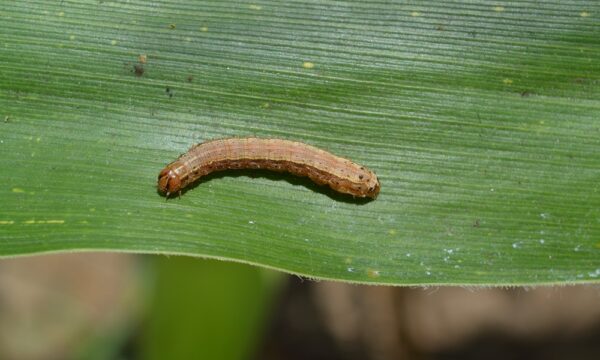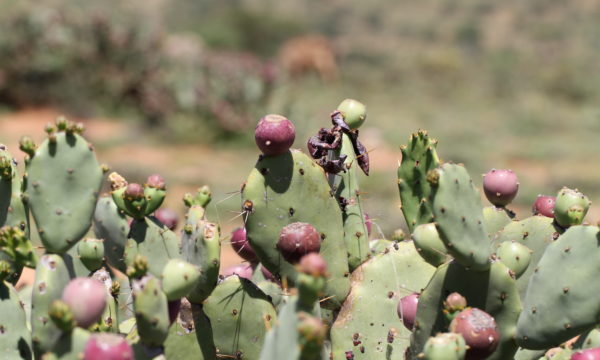In August 2015 the following datasheets were published on CABI’s Invasive Species Compendium (ISC). You can explore the open-access ISC here: www.cabi.org/isc
Bidens frondosa (beggarticks) – native to North America, this herbaceous annual has a range of medicinal, herbal and decorative uses and been introduced throughout Europe as well as New Zealand and parts of Asia. The seeds can easily attach to fur and clothes, helping spread the plant to new areas.
Opuntia elatior (red-flower prickly pear) – the prickly pears are proving a prickly problem, with many Opuntia species invasive outside of their native range. O. elatior is less widespread than some, but has still been introduced to India, Southeast Asia, South Africa and Queensland. Biological control has had some success with this species.
Stictococcus vayssierei (cassava root mealybug) – found in Equatorial Africa, S. vayssieri feeds on the root system of the cassava plant, causing leaf-fall, wilting, tip dieback and occasionally death. Although it has only been reported in Cameroon and the Democratic Republic of Congo, the cassava root mealybug can cause yield losses of up to 100% and could pose a major threat to cassava production in Central Africa.
Related News & Blogs
Help improve the Invasive Species Compendium’s latest decision-support tool
Nymph (Public Domain – Released by Richard Fuller/via iNaturalist – CC0 1.0) Are you interested in a list of invasive plants in Australia negatively affecting agriculture? Or a list of invasive insects in Hawaii that can be introduced via contaminated…
4 April 2022





